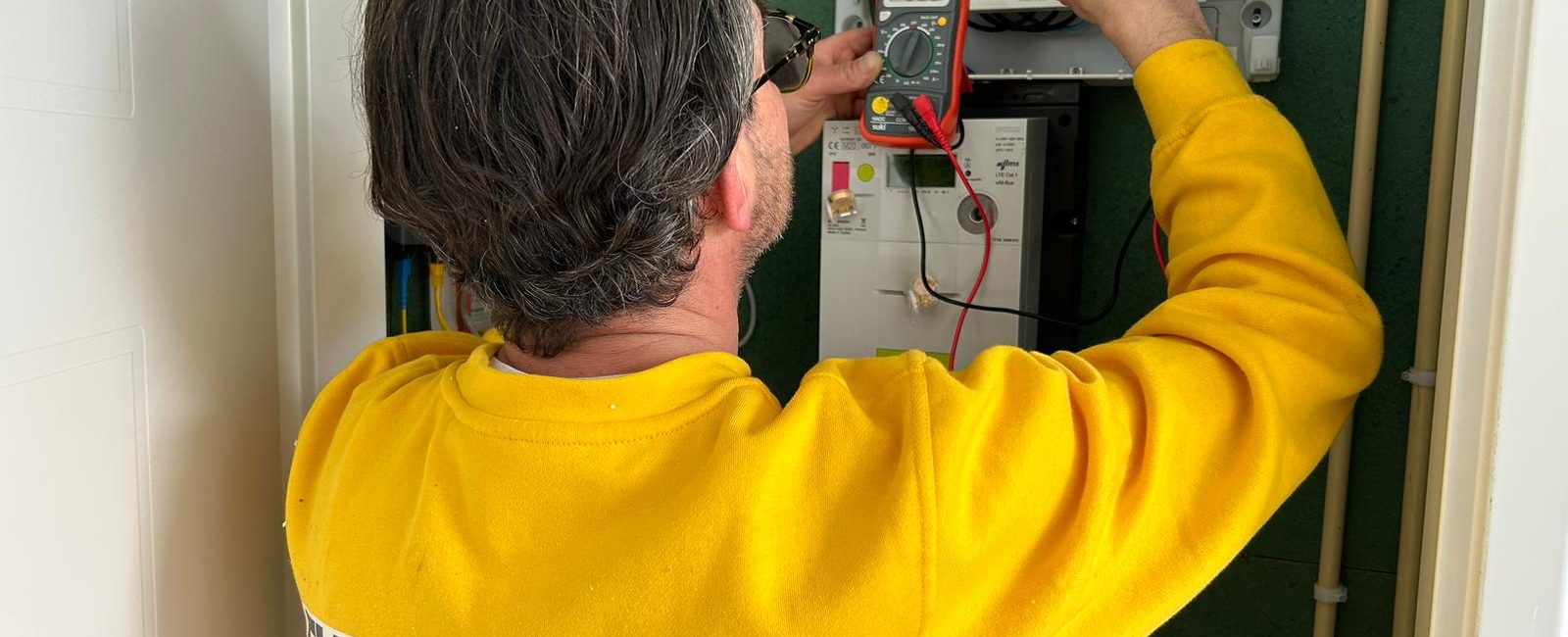
As the world continues to search for alternative energy sources, solar power has emerged as a viable option. With its numerous benefits, including being cost-effective and eco-friendly, it’s no wonder that many homeowners are turning to solar panels to power their homes. Fortunately, connecting solar panels to your meter box is a fairly simple process that can be easily accomplished with the help of a professional.
The installation process of solar panels will vary depending on the type of roof you have. For example, if you have a flat roof, the panels can be mounted directly onto the roof surface, while sloped roofs will require special mounts to ensure that the panels are angled properly. After the panels are installed, the next step is to connect them to the inverter. The inverter is the device that converts the DC power generated by the solar panels into AC power that can be used in your home. It’s important to ensure that the inverter is compatible with your solar panels, as well as your home’s electrical system.
Once the inverter is connected to the panels, it’s time to connect it to the meter and fuse box. A meter box is a box that contains utility meters such as electric, gas, or water. It is usually located on the side of a house or building and is used by utility companies to monitor and measure the amount of energy or resource consumed by a property.
The connection is typically done by running electrical cables from the inverter to the meter box. It’s important to have a certified electrician handle this step, as it can be dangerous if not done properly. Certified electricians are professional who has completed the necessary education and training, and has passed an exam to demonstrate their knowledge and skill in the field of electrical work. They are licensed and insured to perform electrical installations, repairs, and maintenance in commercial, residential, and industrial settings. Their certification ensures that they adhere to safety codes and industry standards to protect both the public and themselves from electrical hazards.
The final step in connecting solar panels to the meter and fuse box is to have your system inspected and authorised by your local power company. This will ensure that your system meets all safety and regulatory requirements, and that you’re eligible to receive any rebates or incentives that may be available in your area. Some of the most common incentives include feed-in tariffs, net metering, tax credits, subsidies, and green bonds. These incentives aim to promote the adoption of solar power, reduce the cost of solar energy, and help countries achieve their renewable energy targets. Some of the leading countries with robust solar incentives include Germany, Spain, Italy, France, and the Netherlands.
In conclusion, connecting solar panels to the meter and fuse box is a straightforward process that can provide numerous benefits for your home and wallet. With a little research and the help of a professional electrician, you can have a solar-powered home in no time.
If you want to have solar panels installed on your roof, and you don’t know where to begin looking for a company that can do the entire process, including the most crucial part, which is connecting them to the meter box, then follow the steps below:
- Research online: Conduct an online search for solar installation companies in your area. Check their websites, reviews, ratings, and accreditations.
- Ask for referrals: Ask friends, colleagues, and family members who have already installed solar panels to recommend suitable installation companies.
- Evaluate experience: Choose a company with at least three years of experience in the solar industry.
- Evaluate certifications: Check whether the company is certified by relevant organizations.
- Request quotes: Ask for quotes from at least three different companies, so you can compare the costs and the services offered.
- Check warranties: Check whether the company offers warranties on their solar panels and installation.
- Review past work: Request for a list of past projects and reach out to their past clients to check their satisfaction with the service.
- Evaluate customer service: Choose a company that offers excellent customer service and is responsive to your queries or concerns.
- Consider financing options: Check whether the company offers financing options that fit your budget.
- Verify licenses and insurance: Check whether the company has a valid license and insurance to operate in your state.












